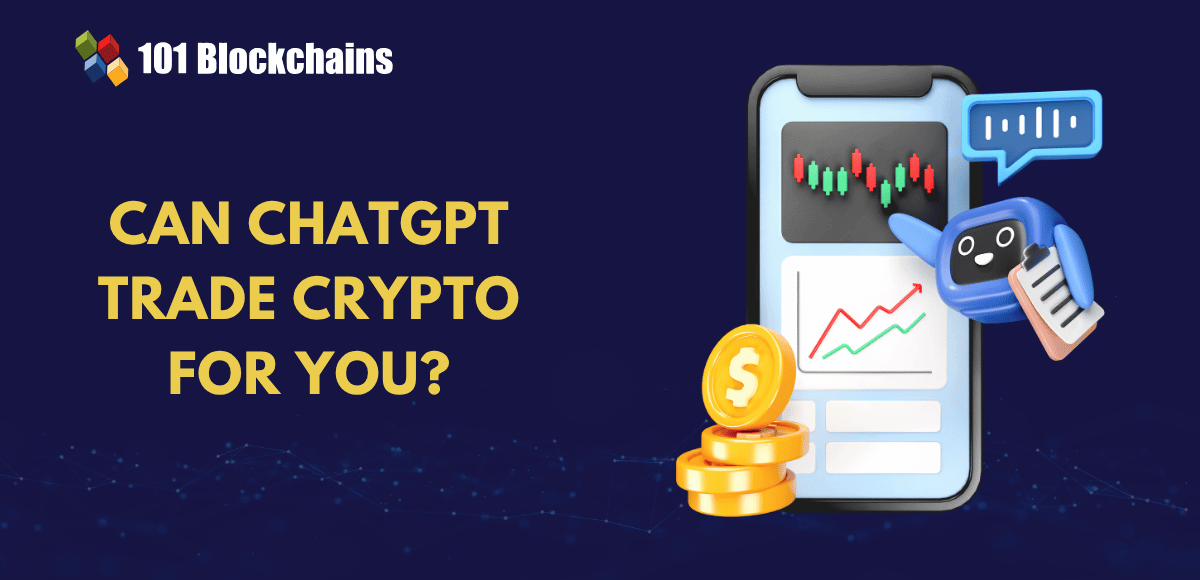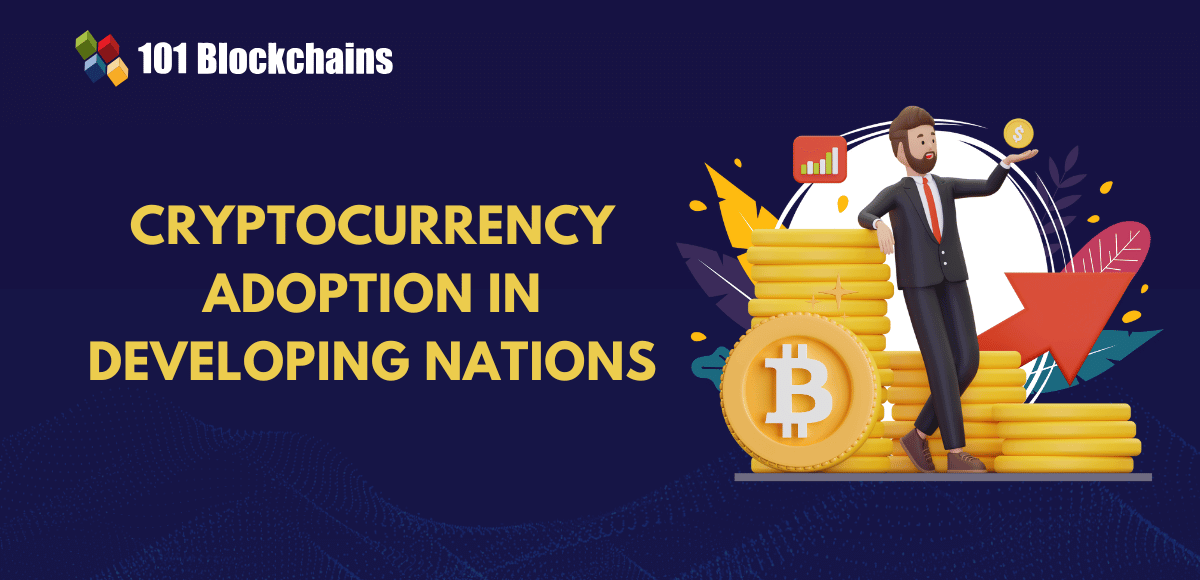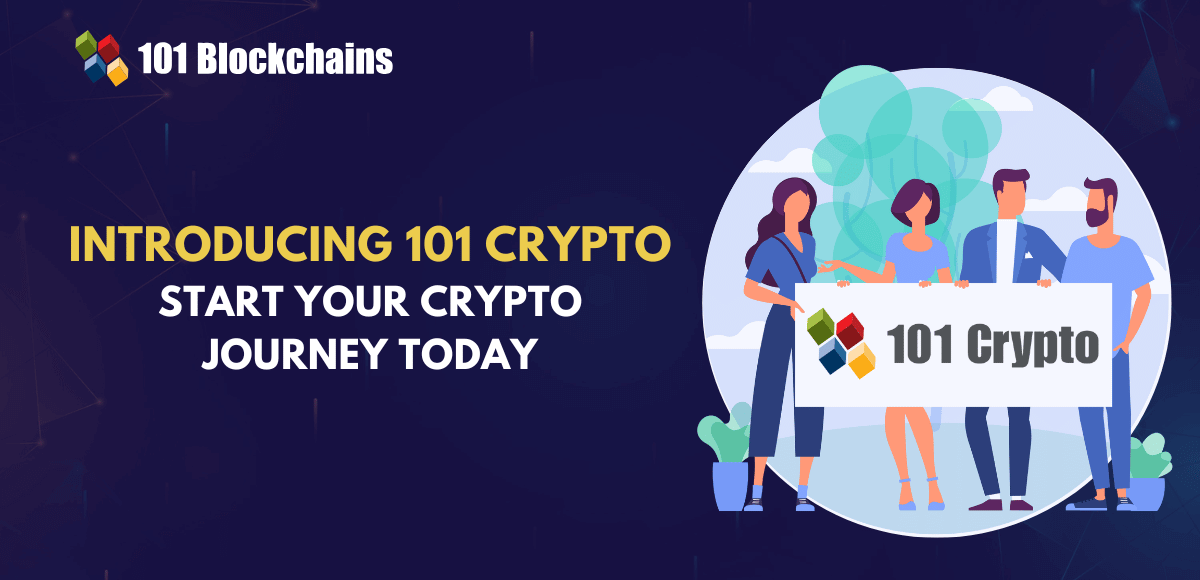Unlock your crypto career potential — become a Certified Cryptocurrency Professional (CCP)™ and master the skills that set you apart in the fast-evolving world of digital assets.

- Cryptocurrency
Georgia Weston
- on January 07, 2022
Know Everything about Liquidity Mining
The conventional perceptions regarding technology and finance are being challenged on a regular basis with new advancements. Nobody knew that a small stone of blockchain in the world of technology would create far-reaching ripples throughout different sectors. We have witnessed many notable developments in the field of blockchain and cryptocurrencies in recent times, especially with the stupendously high price valuations of popular cryptocurrencies like Bitcoin. Another notable trend that has become a topic of attention for everyone in recent times is decentralized finance or DeFi. It can offer new opportunities for obtaining passive income through methods like liquidity mining.
The term seems to be quite interesting, doesn’t it? As a matter of fact, it is one of the promising applications in the DeFi space, which can help users extract the best value from their crypto assets. DeFi has evolved as a comprehensive blockchain-based finance platform that excludes centralized financial intermediaries from financial services.
Investors could leverage the benefit of decentralization with DeFi alongside accessing innovative ways for earning passive income. Therefore, the search for answers to “What is liquidity mining?” gains momentum with the rapid expansion of the DeFi landscape. The following discussion will help you discover vital introductory insights into liquidity mining and how it can benefit investors.
Build your identity as a certified blockchain expert with 101 Blockchains’ Blockchain Certifications designed to provide enhanced career prospects.
History of Liquidity Mining
The detailed understanding of liquidity mining with Bitcoin and other crypto-assets depends largely on how well you know the process. A journey into the history of liquidity mining can provide a vital impression of how it has evolved as a credible solution in the DeFi space.
Many of you might know that the popularity of DeFi skyrocketed in 2020 and introduced a new approach to earning passive income. The new approach was envisioned as a revamped presentation of the conventional concepts related to mining. In the new mining approach, users can utilize their cryptocurrencies to offer liquidity in decentralized exchanges. So, is liquidity mining a recent phenomenon?
As compared to common assumptions, such an approach to mining is comparatively older than the DeFi community itself. For example, one of the largest DEXs before the arrival of DeFi, IDEX, offered the facility of liquidity mining in October 2017. Subsequently, the world witnessed the arrival of a derivatives liquidity protocol, known as Synthetix, which leveraged a decentralized oracle provider, Chainlink, for mining liquidity. Ultimately, the world was able to find the answer to “What is liquidity mining?” with the introduction of popular DEXs such as Compound and Uniswap in 2020.
The introduction of decentralized exchanges such as Compound and Finance imposed a radical impact on the DeFi ecosystem. By the beginning of June 2021, the DeFi market hosted almost $1.05 billion worth of collateralized assets. As of September, the total value of assets locked in DeFi liquidity protocols increased by ten times. All of these factors have obviously turned the attention towards finding more about liquidity mining and its working.
Want to know more about DeFi? Enroll Now in DeFi Introduction Course
Definition of Liquidity Mining
Any discussion on DeFi would bring you face to face with the question of “what is liquidity mining?” at least once. It is basically a strategy for participating in a decentralized network by providing liquidity to a liquidity pool on the network. In the practical sense, you would provide capital in the liquidity mining pool of a decentralized exchange. The liquidity pool would provide rewards to the participants in the form of governance tokens or native tokens of the protocols.
Liquidity mining is an important requirement for the working of decentralized exchanges, which need liquidity for enabling trades. Decentralized exchanges should have liquidity for facilitating trades between different token pairs. The incentive strategy associated with liquidity farming or mining encourages users to contribute liquidity to decentralized exchanges. Therefore, you can find a majority of liquidity pools with trading pairs that allow users to deposit the two cryptocurrencies.
Want to become a Cryptocurrency expert? Enroll Now in Cryptocurrency Fundamentals Course
Difference between Providing and Mining Liquidity
The possible discussions on liquidity mining profitability would also draw implications towards the difference between providing and mining liquidity. You can provide liquidity by depositing crypto in a trading pair and earning the rewards from trading fees. Users have to pay a small fee for swapping tokens in a trading pair. The small fee serves as the source of rewards for liquidity providers. In situations where different token swaps happen at once, the liquidity providers can earn promising volumes of passive income.
On the other hand, liquidity mining is similar to providing liquidity in the fact that both involve providing liquidity to a DEX. However, the process of liquidity farming or mining involves LP tokens or liquidity provider tokens you get for offering liquidity. Now, you can use the LP tokens in mining programs to earn rewards. Interestingly, the mining rewards are derived directly from the incentives for liquidity provision on the platform.
Other than the opportunity for earning yield, different protocols can also feature reward incentives such as governance tokens. In addition, liquidity mining with Bitcoin becomes possible when the native token of a DEX becomes popular on the grounds of utility. With a popular native DEX token, you can easily swap it for Bitcoin and Ethereum or trade them for better profits.
Want to become a bitcoin expert? Enroll Now in Bitcoin Technology Course
Working of Liquidity Mining
The basic answers to “What is liquidity mining?” can provide an overview of the process. However, you need to dive deeper into the workings of the process to understand its implications comprehensively. First of all, you should know that liquidity mining is also referred to as yield farming. Now, you know that liquidity farming or mining involves offering liquidity to decentralized exchanges through cryptocurrencies. Decentralized exchanges are required to be liquid by nature, thereby implying the facility of rewards for users offering liquidity to them.
Many of the decentralized exchanges run on the foundation of Automated Market Maker or AMM system design. Automated Market Maker or AMM is basically a smart contract, which can facilitate effective regulation of trading. The decentralized nature of smart contracts takes away the need for users to interact with the order books of an exchange.
Interestingly, the foundations of liquidity mining with Bitcoin and other cryptocurrencies started on these platforms with facilities for token swapping. Token swaps allowed the possibility of trading one token for another one in a liquidity pool. Users had to pay specific fees for every trade, such as 0.3% of the value of swapped tokens on Uniswap.
The AMM would then collect the fees and distribute them among liquidity providers as rewards. Now, the DEX would present a symbiotic ecosystem where different groups of users support each other. For example, the token swapper pays a small fee for trading on the decentralized exchange, the DEX gets the desired liquidity, and the liquidity provider earns rewards for offering liquidity.
Another important factor in the working of liquidity farming or mining refers to the liquidity mining pool. The liquidity pool generally includes two different tokens, providing representation for a single trading pair. The majority of decentralized exchanges imply the need for distributing tokens in a liquidity pool in a 1:1 ratio. It basically suggests that the liquidity pool should have an equal amount of both tokens in the trading pair.
Curious to understand the complete smart contract development lifecycle? Enroll now in Smart Contracts Development Course
Incentives for Liquidity Providers
The working of liquidity farming or mining is more than just about the description of a liquidity mining pool and its role. One of the common highlights you would come across in DEXs would be decentralization. Developers of decentralized exchanges should empower community involvement in the project.
It is possible to achieve the same by enabling the community and operators with the ability to control the platform. Decentralized exchanges have a specific governance model that allows user participation through voting. Ownership of governance tokens of the platform entitles users to vote, and developers generally ensure fair distribution of governance tokens for safeguarding decentralization.
Governance tokens are a crucial factor in liquidity mining as you can identify another form of reward with governance privileges. Many protocols have rewarded liquidity providers with conventional yield rates alongside governance tokens. As a result, liquidity mining profitability improved further with an additional stream of income for liquidity providers.
Liquidity providers can earn additional privileges by participating in the governance of the decentralized exchange platform. As a result, liquidity providers get not only the opportunity for passive income but also the privilege of changing the protocol itself alongside the way it works. Liquidity miners could also have the ability to add a liquidity mining pool to the protocol according to requirements.
Types of Protocols for Liquidity Mining
Another important aspect of any discussion on liquidity mining would draw attention to the types of protocols for the same. After one year of launch, the demand for liquidity farming or mining has increased profoundly. More than 120 DeFi platforms have over $80 billion worth of assets locked in them. Even if you can expect all DeFi solutions to follow similar concepts, there is a specific approach to distributing liquidity farming protocols. The three notable types of categories among liquidity farming protocols would include the following.
-
Fair Decentralization
Protocols with fair decentralization focus on developing a fair playing ground for all involved parties. So, fair decentralization protocols are more likely to distribute native tokens equally among early community members and active users.
-
Progressive Decentralization
Progressive decentralization is also another important trait in DeFi liquidity mining protocols. Such protocols can facilitate a gradual shift of power to the community by facilitating token distribution in a gradual process. It prevents the possibility of an imbalance in the distribution of governance tokens.
-
Growth Marketing
The final category of protocols for liquidity farming includes growth marketing protocols, which are completely distinct from the other two protocols. Such types of models rely on incentives for community members involved in marketing the project. Therefore, individuals could advertise the DeFi protocol or platform and earn governance tokens as their rewards.
Value Benefits of Liquidity Mining
The most crucial aspects regarding liquidity mining at this point in time would be the advantages and risks associated with it. However, it is important to reflect on the value benefits before identifying any potential liquidity mining risks. Here are some of the promising advantages of liquidity farming or mining.
-
Fair Distribution of Native Tokens
The concept of a liquidity mining pool developed equal opportunities for institutional as well as low-capital investors. As a result, you can get massive relief from any concerns of favoritism.
-
Win-win Situation
The prospects of liquidity mining profitability emerge largely with a win-win situation for decentralized exchange platforms and liquidity providers. Liquidity providers can earn rewards while decentralized exchanges get the desired liquidity required for their operations.
-
Developing Loyal Communities
The next prominent value benefit associated with liquidity mining programs refers to the development of loyal communities for the projects. With the help of liquidity farming programs, a protocol could develop a community that trusts and supports the new projects on the platform.
-
Governance and Innovation
The rewards of governance tokens also provide another prominent value advantage with liquidity mining. In addition, liquidity farming protocols also open up new avenues for more innovation in DeFi with inclusive governance privileges.
Learn the fundamentals of Decentralized Finance (DeFi) with DeFi flashcards!
Risks Associated with Liquidity Mining
Apart from the other important details in an introduction to liquidity farming, you may have an important question. Is liquidity a mining risk? The answer to this question cannot be undermined as you can encounter the following setbacks in liquidity farming.
- Technical risks associated with the protocol such as code vulnerabilities and lack of due diligence.
- Rug pull scams are also another prominent entry among liquidity mining risks in which the protocol or liquidity pool developers shut down the project abruptly and abscond with the money of investors.
- The concerns of high gas fees associated with liquidity farming alongside the issues of impermanent loss also present notable risks.
Start learning Blockchain with World’s first Blockchain Skill Paths with quality resources tailored by industry experts Now!
Final Words
Liquidity mining is an essential aspect of the DeFi ecosystem and a vital one for ensuring the growth of DeFi. Liquidity providers can earn passive income through the liquidity pools on decentralized exchanges with liquidity farming. Just deposit cryptocurrencies in liquidity pools containing trading pairs and earn LP tokens. The LP tokens represent the share of your contribution in the liquidity mining pool and are essential tools for liquidity farming.
Apart from LP tokens, liquidity farming protocols could also reward liquidity miners with governance tokens. While liquidity farming or mining presents many favorable prospects for the growth of DEXs and DeFi, it also has many setbacks. Start learning more about liquidity farming on DeFi protocols and the best ways to capitalize on the available prospects.
*Disclaimer: The article should not be taken as, and is not intended to provide any investment advice. Claims made in this article do not constitute investment advice and should not be taken as such. 101 Blockchains shall not be responsible for any loss sustained by any person who relies on this article. Do your own research!






